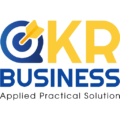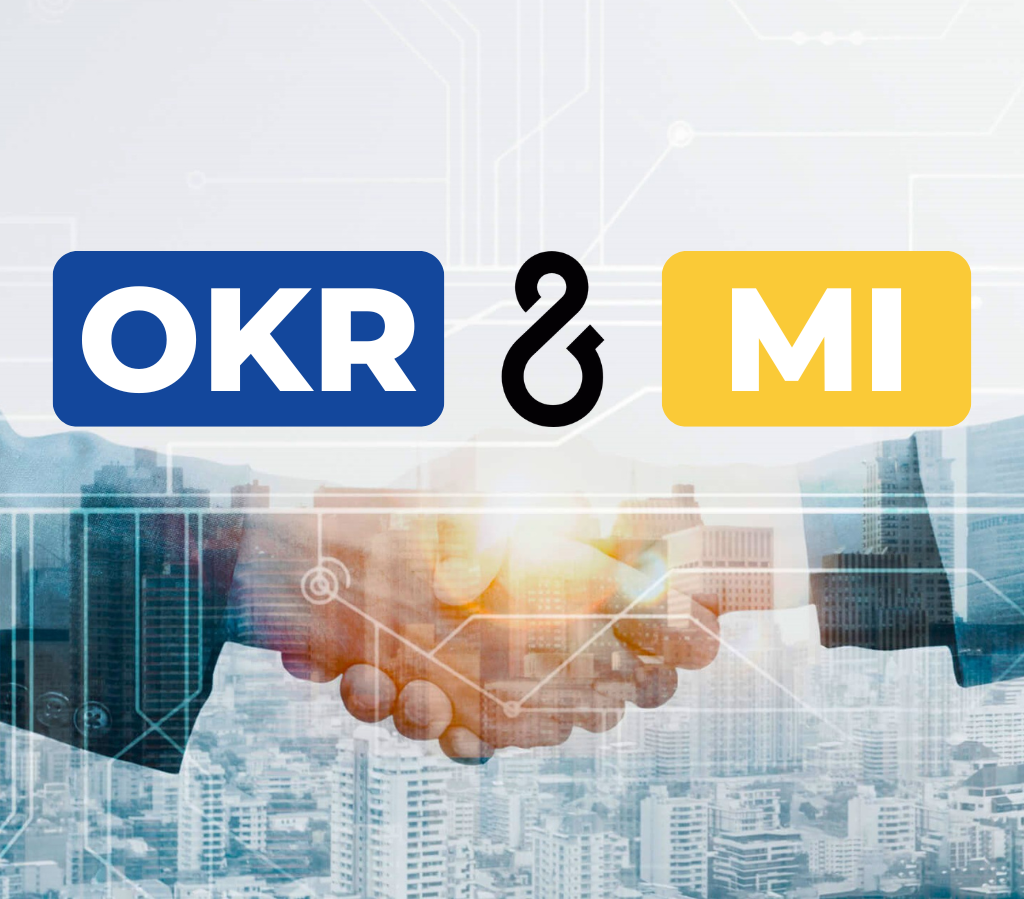What does OKR mean?
OKR stands for Key Goals and Results, a very popular method of high-level goal management in the world that helps companies effectively implement and implement business strategies. Proven benefits include a better focus on important results, increased transparency, and more effective resource linking. OKR achieves this by organizing employees and their work around achieving the common goals of your organisation/project.
When setting up an OKR includes a Goal, which shows you where to go, and some Key Results, which is what you need to achieve to achieve the Set Goal. Initiatives are all projects, actions, campaigns and tasks that will help you achieve your Key Results.
The framework includes several rules that help employees prioritize, organize, and measure the results of their efforts. OKR helps companies bridge the gap between strategy and implementation and move from a results-based approach to work.

Understand the difference
- What is the Goal?
- The goal is to describe something that you want to achieve in the future. The goal sets the direction — just like the destination on the map. The goal should not be technical and should not contain a metric, so that people understand where to go.
- What are the Key results?
- The key result is a measurable result necessary to achieve the Goal. It contains an index with a specific starting value and duration. Key results measure progress toward your Goal—such as a sign showing how close you are to your Goal.
- What is an Initiative?
- Action initiatives are all projects and tasks that will help you achieve key results. Imagine your organization as a car. The goal is your destination, The key result shows that if you are on the right track and the Action Initiative is what you are going to do for your car to roll.
Now, how to continue?
- Goal – “Where do I want to go?”
- The goal describes where you want to go and sets a clear direction. Think of it as a point on the map, a destination like New York.
- Key result – “How do I know if I go there?”
- Key results tell you how you’re moving toward your Goals. Think of it as a sign with a distance marker.
- Action initiative – “What am I going to do to get there?”
- An Action Initiative describes what you will do to achieve your Key Results. Think of it as a description of what you are going to do to reach your destination.
| Goal | Key results | Action Initiatives | |
| Unsymedity | ✓ | ||
| Ambition | ✓ | ||
| Orientation | ✓ | ||
| Make a strong impact | ✓ | ✓ | |
| Inspire | ✓ | ||
| Measurable | ✓ | ✓ | |
| Clearance | ✓ | ✓ | |
| Time limit | ✓ | ✓ | ✓ |
| Understandable | ✓ | ||
| Make an impact | ✓ | ✓ | ✓ |
| Under control | ✓ |
- Goal examples:
- Crushing competitors through acquisitions
- A top place to work in the U.S.
- Optimize sales funnels to close more deals in less time
- Create a more goal-oriented culture
- Empower our support team to be more self-sufficient
- Key Results examples:
- Successful cooperation with 5 partners in our industry
- Top 10 fortune 100 best places to work
- Increase conversion rate from 12% to 20%
- 100% increase in OKR contribution
- 15% off monthly expenses
- Action Initiative examples:
- Approve appropriate budgets for groups and departments
- Hire a professional human rights manager in the field of Technology
- Launch of a more innovative discount model
- Invite all existing customers to join the beta program
- Create Q&A documents for 20 common issues
Let’s take a look back at the OKR-forming biography and some classic examples of applying OKR to successful businesses around the world in the next section.




